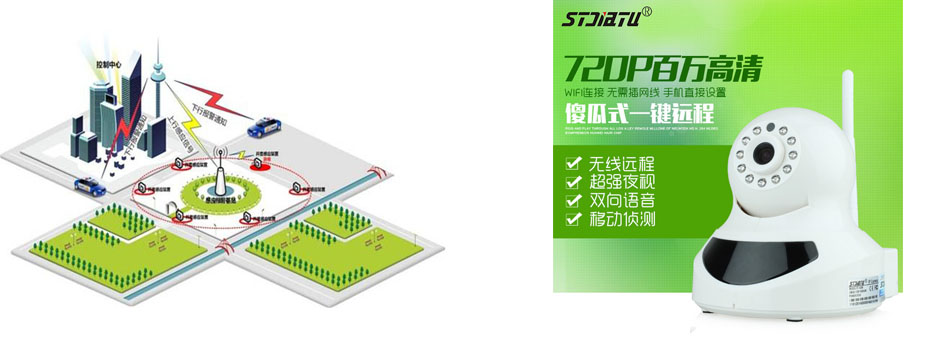待能源管理項目準備好、能源組織建立以后,下一個階段是分析和計劃工作,在第二節(jié)中我們已經(jīng)解釋了,計劃工作是在考慮過去、現(xiàn)在和將來的基礎(chǔ)上制定的,在分析和計劃階段必須牢記這部分內(nèi)容,分析企業(yè)能源用于何處?是怎么用的?能源數(shù)據(jù)的分析應包括以下幾個階段:(1)回顧過去能源利用的情況;(2)能量審計;(3)工程分析;(4)經(jīng)濟分析。
After the energy management project is ready and the energy organization is established, the next stage is analysis and planning work. As we have explained in the second section, planning work is formulated based on considering the past, present, and future. In the analysis and planning stage, it is necessary to keep this part in mind and analyze where the enterprise's energy is used? How is it used? The analysis of energy data should include the following stages: (1) reviewing the past energy utilization situation; (2) Energy audit; (3) Engineering analysis; (4) Economic analysis.
能源調(diào)查
Energy survey
歷史情況的調(diào)查可以根據(jù)公共電力公司的電費帳單、工廠的記錄、生產(chǎn)統(tǒng)計或其他可能得到的資料來完成。調(diào)查的任務是了解能源利用的長期和短期的趨向,諸如能源管理項目試圖要改進能源利用,是以什么為參基準。另外要考慮的是,過去的用能結(jié)構(gòu)及其在能源管理項目中的重要性。
The investigation of historical situations can be completed based on the electricity bills of public power companies, factory records, production statistics, or other possible information. The task of the investigation is to understand the long-term and short-term trends in energy utilization, such as the benchmark against which energy management projects attempt to improve energy utilization. Another consideration is the past energy consumption structure and its importance in energy management projects.

